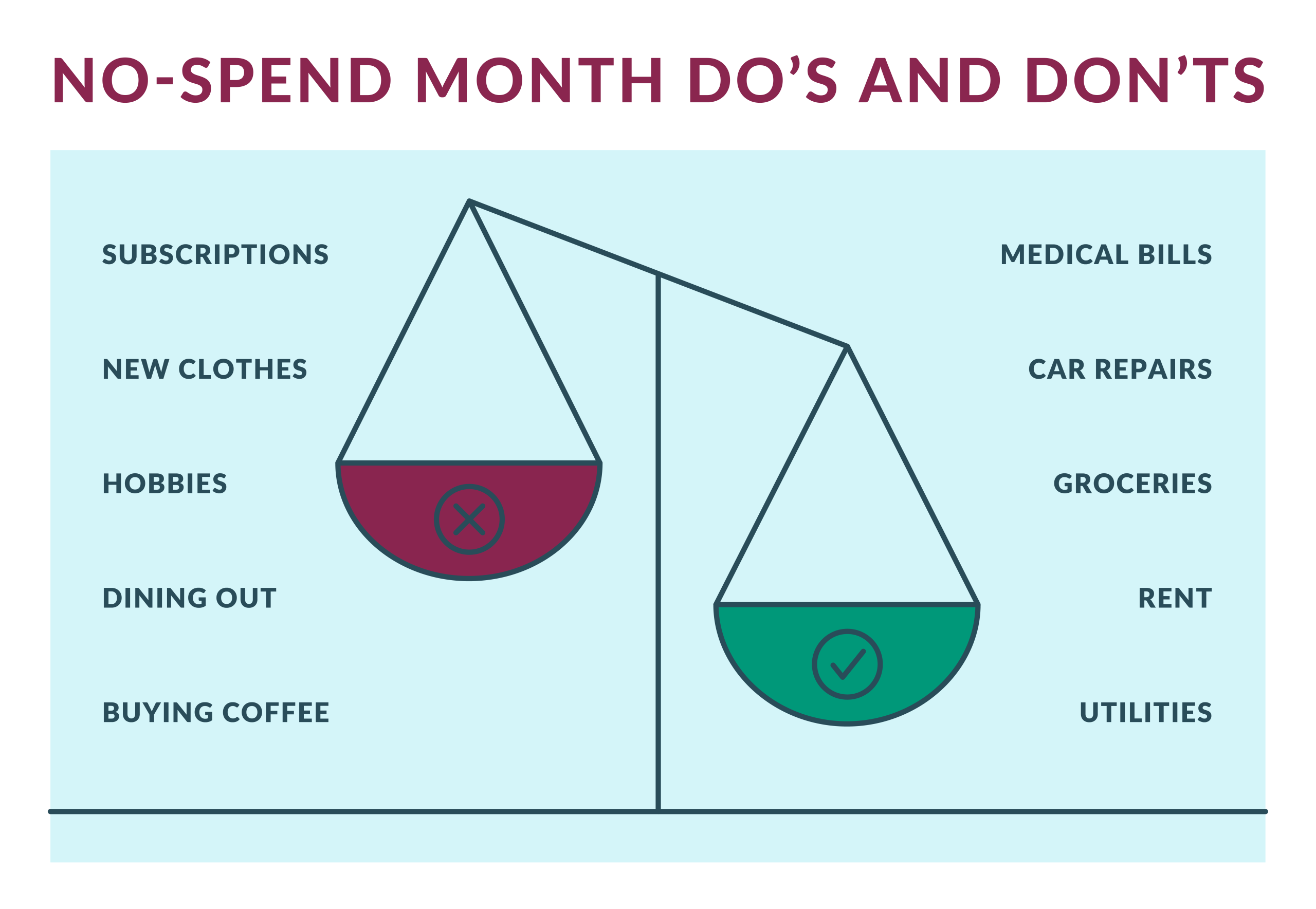Anúncios
As digital transactions become the norm, traditional payment methods like paper checks are being replaced by faster, safer, and more efficient alternatives, such as the electronic check (eCheck).
This modern solution presents a digital version of the paper check, offering greater security, lower costs, and more convenience.
But how exactly does an electronic check work? Is it safe? And is it the right payment method for your daily transactions?
In this guide, we detail everything you need to know about it, from how they work to when and why you should use them.
What is an electronic check?
An electronic check (eCheck) is a digital payment method that transfers funds directly from a payer’s checking account to a recipient’s account using the Automated Clearing House (ACH) network.
Unlike traditional paper checks, electronic checks are processed entirely online, eliminating the need for physical handling, reducing the risk of fraud, and accelerating transactions.
They are commonly used for recurring payments, high-value transactions, and business-to-business (B2B) payments.
This digital check works similarly to a paper check but in a much more efficient way.
Instead of writing a check and mailing it, the payer provides their banking details through a secure online platform.
The transaction is then processed electronically, making it faster and safer than a traditional check.
How does an electronic check work?
Processing an electronic check involves four simple steps. First, the payer authorizes the transaction by filling out an online form, signing an agreement, or providing recorded phone consent.
Next, the recipient submits the transaction details through an ACH payment processor, which functions similarly to a credit card transaction system.
The ACH network verifies the account details and ensures the payer has sufficient funds before approving the transfer.
Finally, once the transaction clears, the funds are transferred to the recipient’s account, typically within one to three business days.
Example calculation
Imagine you need to pay $2,000 in rent using an electronic check. The process would look like this:
$2,000 (payment amount) → Electronic check processing → ACH Network → Recipient’s bank
The transaction is secure, paperless, and cost-effective, making it a great alternative to traditional checks and credit card payments.
When should you use an electronic check?
An electronic check is a great option in various situations. It is particularly useful for recurring payments like rent, subscriptions, or loan payments, as it allows automatic processing without the hassle of writing a check every month.
Businesses and individuals often use electronic checks for large purchases, as they help avoid high credit card fees associated with significant transactions.
Many companies prefer electronic checks over wire transfers or credit card payments when handling bulk transactions, as they offer lower costs and higher efficiency.
Additionally, for those needing secure online payments, an electronic check can be a good alternative if a vendor does not accept credit cards.
Electronic check vs. traditional paper check: what’s the difference?
Although both electronic checks and paper checks serve the same purpose, they differ significantly in terms of speed, security, and convenience.
An electronic check is processed in one to three business days, whereas a paper check can take up to a week or more due to mailing and manual processing times.
Security is another major difference. Electronic checks use encryption and fraud detection systems to prevent unauthorized transactions, whereas paper checks can be lost, stolen, or altered.
Processing costs are also lower with electronic checks, as they eliminate the need for printing, mailing, and clearing fees.
When it comes to convenience, electronic checks allow for automated, paperless transactions that can be easily tracked online.
On the other hand, traditional checks require manual handling, increasing the chances of errors and delays.
Can you send an electronic check instantly?
Unlike credit card payments, electronic checks are not instant. The processing time depends on the ACH network, typically taking one to three business days.
However, some banks and payment processors offer same-day ACH processing, which speeds up the transaction.
If an urgent payment is needed, alternatives like wire transfers or peer-to-peer (P2P) payment apps like Zelle or Venmo may be a better choice.
How to send an electronic check
Sending an electronic check is a simple process. First, the payer must authorize the transaction, either by filling out an online form, signing an agreement, or providing phone verification.
Next, the payer enters their bank routing and account number into a secure payment portal.
Once the details are submitted, the ACH network processes the payment, verifying the transaction before transferring the funds.
Both the payer and recipient receive a confirmation, and the funds are usually deposited within one to three business days.
Many banks and payment platforms allow users to schedule recurring electronic check payments, making them a convenient option for rent, subscriptions, and bills.
Is it safe to pay with electronic checks?
Yes, electronic checks are considered one of the most secure digital payment methods due to advanced bank-level security measures.
Encryption and tokenization protect sensitive banking details from hackers, while multi-factor authentication adds an extra layer of security.
Because electronic checks are processed electronically, they cannot be lost or physically stolen, reducing the risk of fraud compared to paper checks.
Additionally, digital record-keeping ensures a clear transaction history, minimizing disputes and errors.
Are electronic checks worth using for everyday transactions?
There are several advantages to using electronic checks in daily life. They are more convenient than traditional checks, as there is no need to write, mail, or physically deposit them.
Lower processing fees make them particularly beneficial for large payments, especially compared to credit card fees.
Additionally, since electronic checks are 100% paperless, they offer an eco-friendly payment option.
However, electronic checks are not without disadvantages. Processing time is a limitation, as transactions can take up to three business days to clear.
Some vendors and service providers also do not accept electronic checks, making them a less universal option than credit or debit cards.
For those making recurring payments or high-value transactions, the benefits of electronic checks often outweigh the drawbacks. However, for immediate payments, a different method may be preferable.
What other payment methods can replace electronic checks?
If electronic checks are not an option, there are several alternatives.
Credit and debit cards offer instant transactions, although they may come with high processing fees.
Wire transfers are another option for large payments, though they tend to be expensive.
For smaller or more frequent transactions, peer-to-peer (P2P) payment apps like Zelle, Venmo, and PayPal provide fast and easy digital payment solutions.
Direct ACH deposits work similarly to electronic checks, making them ideal for payroll and bulk transactions.
Each payment method has its strengths and weaknesses, so the best choice depends on factors like speed, cost, and security needs.
As digital finance continues to evolve, electronic checks are proving to be a secure, cost-effective, and eco-friendly alternative to paper checks.
Want to explore more secure payment methods? Check out our latest guides on digital banking services and money management.
Looking for financial freedom? Read our guide on how to get out of debt!






